
Filter News
Area of Research
News Topics
- (-) Big Data (6)
- (-) Cybersecurity (6)
- (-) Frontier (13)
- (-) Grid (10)
- (-) Isotopes (7)
- (-) Space Exploration (4)
- 3-D Printing/Advanced Manufacturing (6)
- Artificial Intelligence (14)
- Bioenergy (9)
- Biology (16)
- Biomedical (3)
- Biotechnology (1)
- Buildings (6)
- Chemical Sciences (10)
- Clean Water (5)
- Composites (2)
- Computer Science (11)
- Coronavirus (1)
- Critical Materials (1)
- Emergency (1)
- Energy Storage (7)
- Environment (28)
- Exascale Computing (11)
- Fossil Energy (2)
- Fusion (7)
- High-Performance Computing (18)
- Hydropower (2)
- Machine Learning (10)
- Materials (21)
- Materials Science (7)
- Mathematics (2)
- Mercury (1)
- Microelectronics (2)
- Microscopy (3)
- Nanotechnology (4)
- National Security (15)
- Neutron Science (19)
- Nuclear Energy (14)
- Partnerships (6)
- Physics (10)
- Polymers (2)
- Quantum Computing (6)
- Quantum Science (3)
- Security (1)
- Simulation (19)
- Software (1)
- Summit (7)
- Transportation (4)
Media Contacts

To support the development of a revolutionary new open fan engine architecture for the future of flight, GE Aerospace has run simulations using the world’s fastest supercomputer capable of crunching data in excess of exascale speed, or more than a quintillion calculations per second.
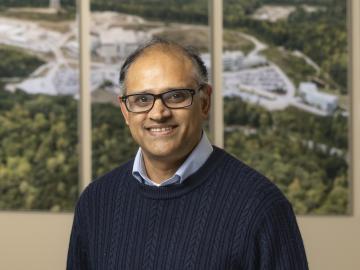
Having passed the midpoint of his career, physicist Mali Balasubramanian was part of a tight-knit team at a premier research facility for X-ray spectroscopy. But then another position opened, at ORNL— one that would take him in a new direction.
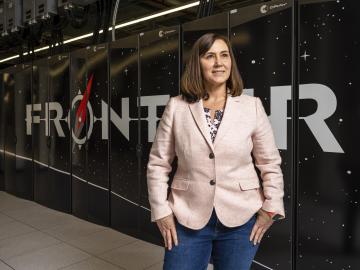
At the National Center for Computational Sciences, Ashley Barker enjoys one of the least complicated–sounding job titles at ORNL: section head of operations. But within that seemingly ordinary designation lurks a multitude of demanding roles as she oversees the complete user experience for NCCS computer systems.

As renewable sources of energy such as wind and sun power are being increasingly added to the country’s electrical grid, old-fashioned nuclear energy is also being primed for a resurgence.
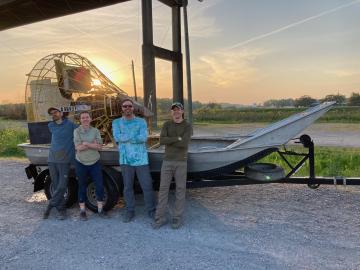
As a biogeochemist at ORNL, Matthew Berens studies how carbon, nutrients and minerals move through water and soil. In this firsthand account, Berens describes recent fieldwork in Louisiana with colleagues.

Inspired by one of the mysteries of human perception, an ORNL researcher invented a new way to hide sensitive electric grid information from cyberattack: within a constantly changing color palette.
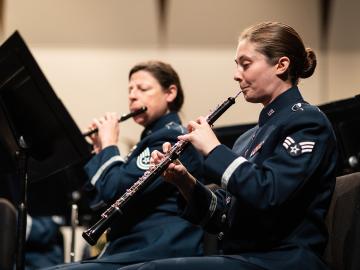
Growing up in suburban Upper East Tennessee, Layla Marshall didn’t see a lot of STEM opportunities for children.
“I like encouraging young people to get involved in the kinds of things I’ve been doing in my career,” said Marshall. “I like seeing the students achieve their goals. It’s fun to watch them get excited about learning new things and teaching the robot to do things that they didn’t know it could do until they tried it.”
Marshall herself has a passion for learning new things.

A trio of new and improved cosmological simulation codes was unveiled in a series of presentations at the annual April Meeting of the American Physical Society in Minneapolis.
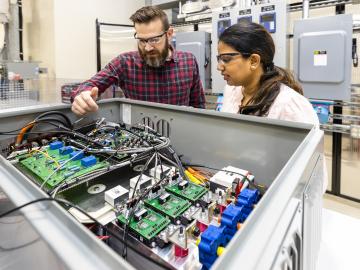
Researchers at ORNL are helping modernize power management and enhance reliability in an increasingly complex electric grid.

How did we get from stardust to where we are today? That’s the question NASA scientist Andrew Needham has pondered his entire career.


